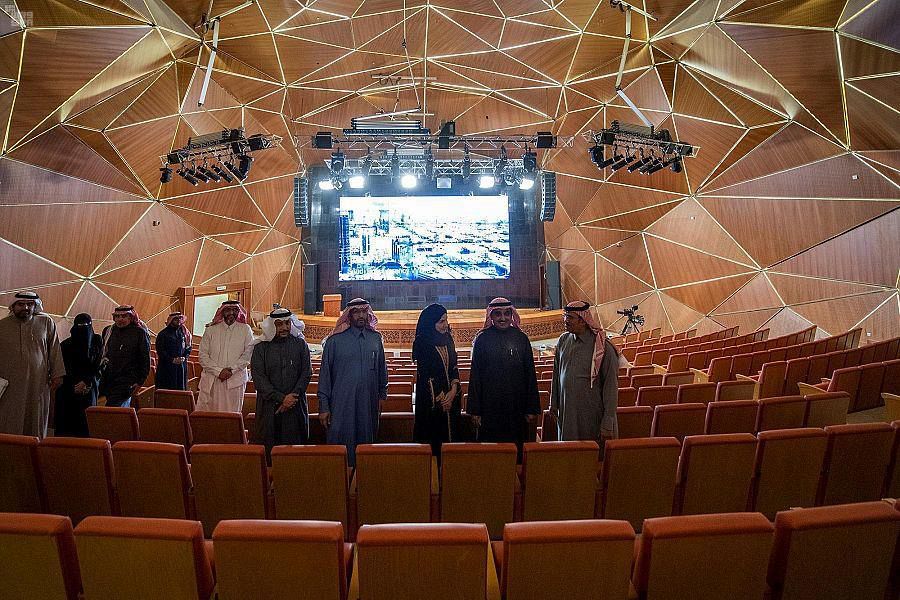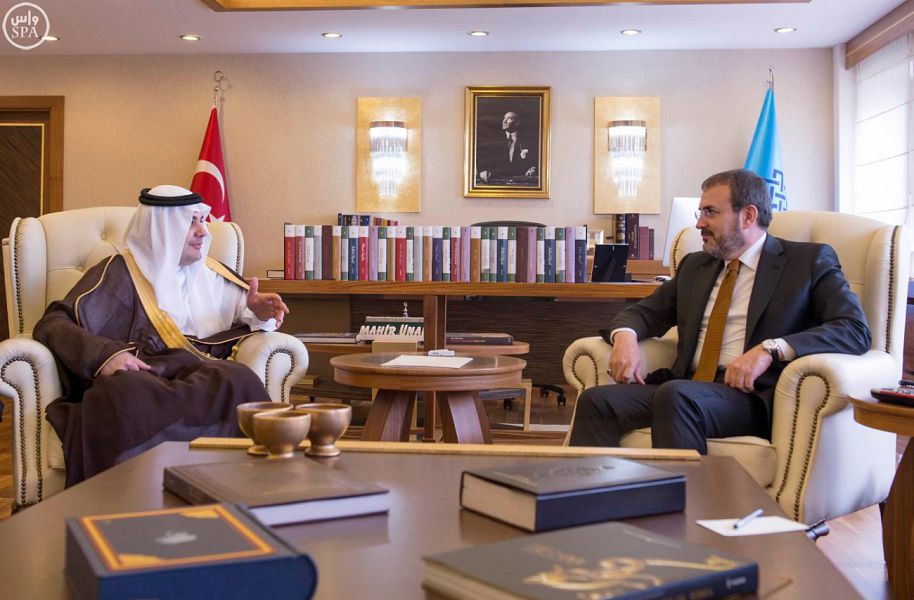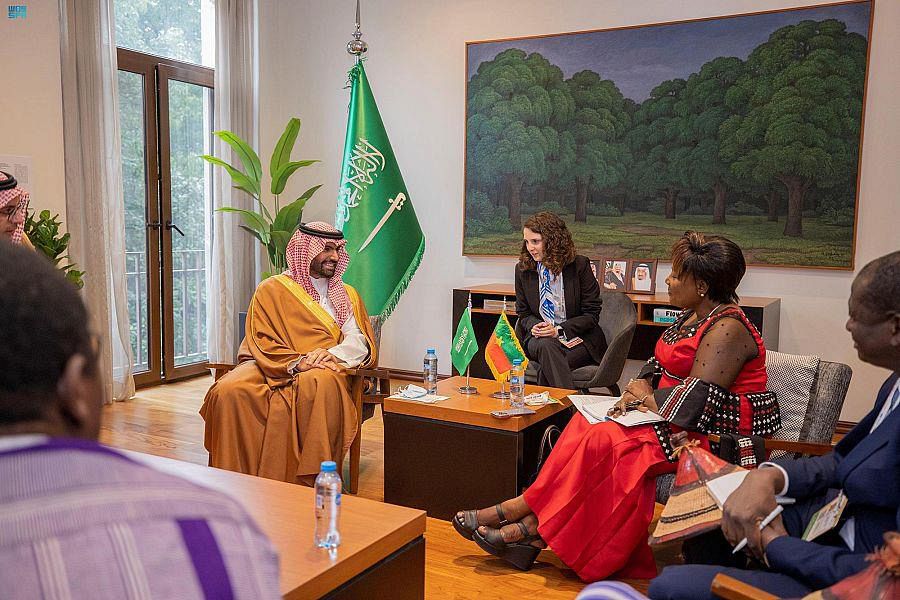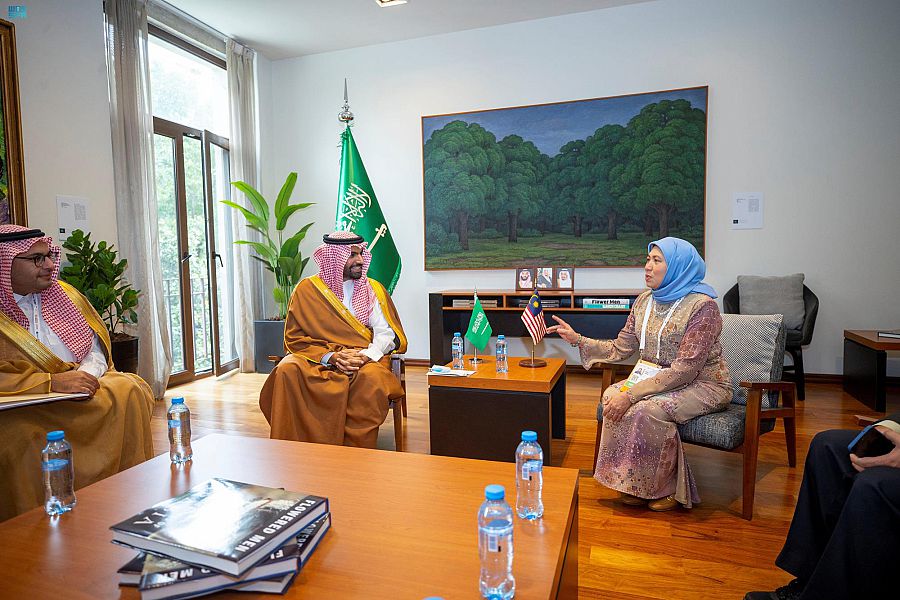
ABU DHABI — In the Arabian Peninsula, this form of tourism is relatively new. It has only been in the recent years that governments and tourism authorities have put increasing focus on promoting the sector and growing market awareness around opportunities.
Understanding the requirement for conservation and development of cultural heritage sites and marketing them has become an important strategic plan for Middle East governments.
A well-developed and maintained heritage site ensures more tourists to a city, with the need for accommodation, F&B etc. This together creates a demand for hotel rooms, vacation homes, bread and breakfasts. Hence, the demand for more real estate.
The regeneration and promotion of heritage sites bring benefits at a wide real estate level to the areas or cities were the sites are located.
The proximity of real estate assets to cultural landmarks tends to have a positive impact on real estate values as they make the areas more desirable, for instance in terms of views, prestige, etc.
This is noticeable in Dubai for instance where major landmarks such as Burj Khalifa command real estate premiums
Impact on Tourism
• International exposure and promotion of the Arab World’s heritage
• Diversion of outbound tourism into domestic tourism
• Increased recognition and appreciation of heritage and culture with local populations
• Diversification of current tourism offering aiming to increase visitor numbers, length of stay and tourism spend
• Edge against seasonality of other types of tourism
• Investment boost and economic impact across several sectors
Implications for the Hospitality industry
• Induced demand for hospitality accommodation translating into higher occupancy rates for existing hotels
• Rate premiums for hotels in vicinity of culture and heritage sites or generally during cultural events
• Creation of investment opportunities in existing and upcoming destinations
Improved profitability through better amortization of fixed costs
• Increase spend on F&B, retail and entertainment both inside and outside of the hotels
I• ncreased employment opportunities for local populations.
The development of this tourism pillar in the Arabian Peninsula will be especially beneficial to the hospitality industry, which is directly linked to tourism.
Investment opportunities are being created for developers in new destinations, the performance of hotels in proximity to heritage sites is expected to remain strong, and further employment opportunities for locals are to be generated as this sector develops.
It is for these reasons and for the provision of a more diversified tourism offering that we expect a continued and growing focus on the cultural and heritage tourism sector across the region. — SG








